Restful API Calls vs Socket Communications: Choosing the Right Approach for Your Application
The ability of various systems to communicate with one another is crucial in the realm of software development. The capacity to share data effectively and reliably is essential while developing any kind of software solution, be it a web application, a mobile app, or another. Restful API calls and socket connections are two frequently used techniques for easing system communication.
Application Programming Interfaces (APIs) called “restful” have taken over as the de facto norm for creating web services and connecting systems. They operate on resources using common HTTP protocols like GET, POST, PUT, and DELETE and are built on the Representational State Transfer (REST) tenets. On the other hand, socket communications take a more fundamental approach and use network sockets to provide real-time, bidirectional data flow between client and server.
The distinctions between socket connections and Restful API requests, their use cases, and the variables you should take into account while deciding between the two are all covered in this blog article.
Restful API Calls
Because of their simplicity, scalability, and widespread support, restful API requests have become quite popular. They are frequently used in web development to provide communication between server-side systems and client-side programs (such web browsers or mobile apps). Key characteristics and advantages of Restful API requests are listed below:
- Simplicity and ease of use: Restful APIs follow a consistent structure and use well-defined HTTP methods and status codes, making them easy to understand and implement. Developers can use common libraries and frameworks, such as ASP.NET Web API or Express.js, to build Restful APIs quickly.
- Standardization and interoperability: Restful APIs adhere to widely adopted standards, such as JSON (JavaScript Object Notation) or XML (eXtensible Markup Language), which ensure compatibility and ease of integration across different platforms and programming languages.
- Scalability and caching: Restful APIs are designed to be stateless, meaning that each request from a client contains all the necessary information. This allows for easy scaling of the server-side infrastructure and caching of responses, improving performance and reducing the load on the server.
- Security and authentication: Restful APIs can implement various authentication mechanisms, such as OAuth or JSON Web Tokens (JWT), to secure access to resources and prevent unauthorized requests.
Now let’s take a look at a simple C# code example demonstrating how to make a Restful API call using the HttpClient class:
using System;
using System.Net.Http;
using System.Threading.Tasks;
public class Program
{
public static async Task Main()
{
using (HttpClient client = new HttpClient())
{
HttpResponseMessage response = await client.GetAsync("https://api.nilebits.com/resource");
response.EnsureSuccessStatusCode();
string responseBody = await response.Content.ReadAsStringAsync();
Console.WriteLine(responseBody);
}
}
}In this example, we create an instance of the HttpClient class and use its GetAsync method to send an HTTP GET request to “https://api.nilebits.com/resource“. The EnsureSuccessStatusCode method ensures that the response indicates success, and ReadAsStringAsync retrieves the response body as a string.
Socket Communications
While socket communications offer a more flexible and potent solution when real-time bidirectional communication is needed, Restful API calls are frequently employed in web development. Developers can link a client and a server using socket programming, allowing for continuous data flow. Key characteristics and advantages of socket communications are listed below:
- Real-time bidirectional communication: Socket communications enable direct and immediate data transfer between the client and server. This is particularly useful for applications that require real-time updates or instant messaging.
- Low-level control: Socket programming gives developers fine-grained control over the data flow, allowing them to optimize performance, manage connections, and implement custom protocols.
- Efficiency and reduced overhead: Unlike Restful API calls, which rely on the overhead of HTTP headers, socket communications have lower protocol overhead, making them more efficient for high-volume or latency-sensitive applications.
- Custom protocols: Socket communications allow you to define your own communication protocols tailored to your specific application needs. This level of control is especially valuable in scenarios where standard protocols may not suffice.
Let’s now explore a simple C# code example demonstrating how to establish a socket connection and send/receive data using the Socket class from the System.Net.Sockets namespace:
using System;
using System.Net;
using System.Net.Sockets;
using System.Text;
public class Program
{
public static void Main()
{
byte[] buffer = new byte[1024];
Socket clientSocket = new Socket(AddressFamily.InterNetwork, SocketType.Stream, ProtocolType.Tcp);
// Connect to the server
IPAddress serverIP = IPAddress.Parse("127.0.0.1");
IPEndPoint serverEndPoint = new IPEndPoint(serverIP, 8080);
clientSocket.Connect(serverEndPoint);
// Send data to the server
string data = "Hello, server!";
byte[] dataBytes = Encoding.ASCII.GetBytes(data);
clientSocket.Send(dataBytes);
// Receive data from the server
int bytesRead = clientSocket.Receive(buffer);
string receivedData = Encoding.ASCII.GetString(buffer, 0, bytesRead);
Console.WriteLine("Received: " + receivedData);
// Close the socket
clientSocket.Shutdown(SocketShutdown.Both);
clientSocket.Close();
}
}This example establishes a TCP connection with the server at “127.0.0.1” on port 8080 by using the Socket class to construct a client-side socket. Then, we use the Send method to communicate “Hello, server!” to the server, and the Receive function to receive the reply into a byte buffer. Finally, we create a string from the bytes received and shut the socket.
Choosing the Right Approach
Now that we have explored the features and code examples of both Restful API calls and socket communications, how do you decide which approach is best for your application? Here are some factors to consider when making the choice:
- Use case: Restful API calls are well-suited for request-response scenarios, where clients need to interact with a server by performing CRUD (Create, Read, Update, Delete) operations on resources. On the other hand, socket communications are more suitable for real-time applications, such as chat applications, multiplayer games, or financial trading platforms.
- Scalability and performance requirements: Restful APIs are highly scalable, as they can leverage load balancers and caching mechanisms. However, if your application requires ultra-low latency or high throughput, socket communications may provide better performance due to reduced overhead.
- Complexity and development effort: Restful API calls are generally easier to implement, especially with the availability of frameworks and libraries. Socket communications, on the other hand, require more low-level programming and custom protocol design, which may increase development complexity and effort.
- Platform and language compatibility: Restful APIs enjoy broad support across different platforms and programming languages, making them a more interoperable choice. Socket communications, on the other hand, may have platform-specific implementations and limitations.
Conclusion
Both socket interactions and Restful API requests have their merits and are appropriate for certain use cases. While socket connections offer real-time bidirectional communication capabilities, restful APIs excel in developing web services and integrating systems. You may decide which strategy to apply for your application by taking into account aspects like the use case, scalability requirements, complexity, and platform compatibility.
Remember that there is no one approach that fits all situations; instead, the decision will ultimately be based on the particular requirements and limitations of your project. Whatever strategy you select, utilizing the power of contemporary communication techniques will unquestionably improve the usability and functionality of your software products.


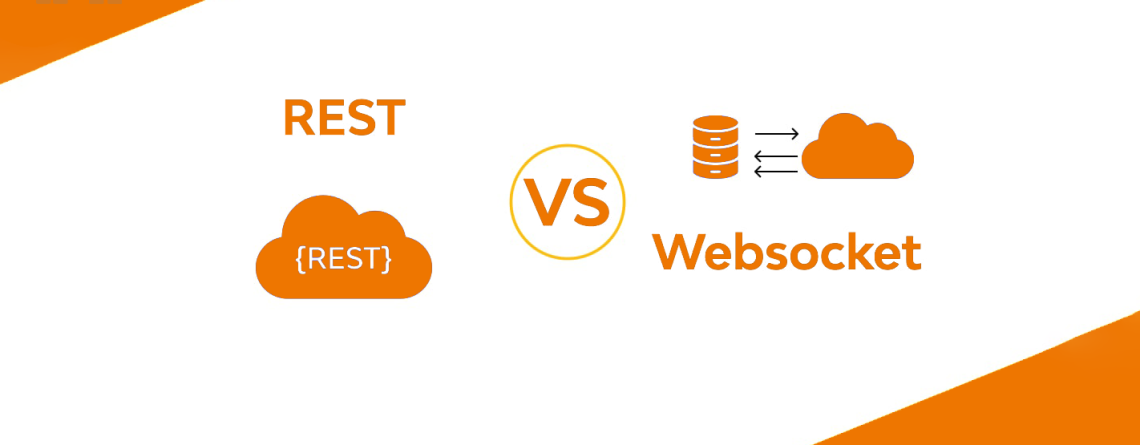

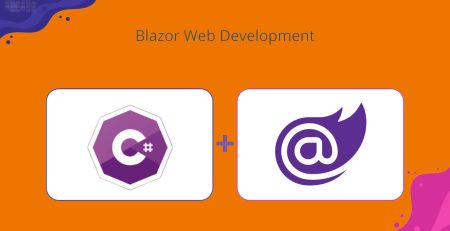

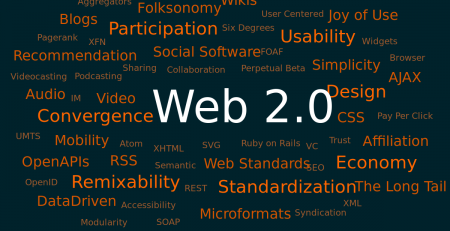


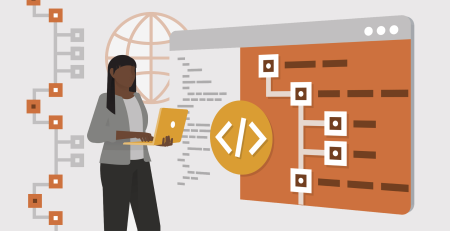

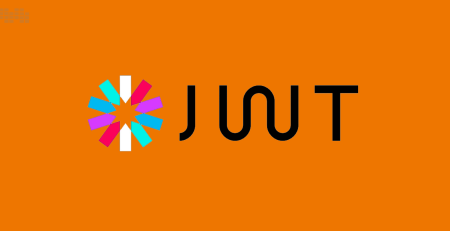
Leave a Reply